
IPFS
We're Going to Space and Government is NOT invited! (by Powell Gammill)
Written by Ernest Hancock Subject: Space Travel and Exploration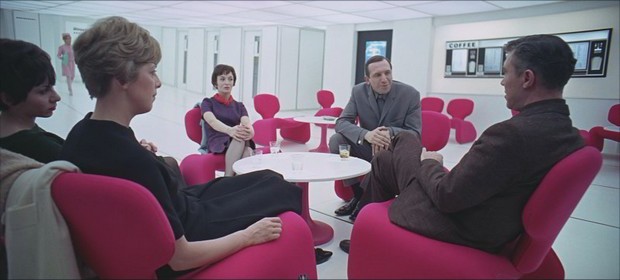
We had a civilian moon program, Apollo that never had a single civilian astronaut until the final mission, Apollo 17. And even then a civilian geologist-astronaut, Jack Schmitt, only got to go because they kicked one of the military astronauts off to make room after scientists made a stink.
We have had a low orbit space shuttle that really had no purpose. A low orbit space station that goes around and around and really has no purpose. And yes, we finally have civilian astronauts for these civilian missions. But to what end? Where is it going? And do we even care?
Every generation produces dreamers, and sometimes those dreamers get to be very wealthy and being dreamers they risk their wealth on what would be an unimaginable dream to the prior generation. So it is with this time and space travel. More than one entrepreneur knowns damned well if they are ever going to space they will have to do it themselves. This is the story about the first of them.
1. SpaceShipOne
Famed unconventional aircraft designer, Burt Rutan's Scaled Composites unveiled a gawky looking airplane in 2002 that had people scratching their heads. It looked to be capable of a fairly high altitude flight. It stood taller than normal leading to speculation it was a mothership designed to carry something up to altitude and drop it. It had a very strange cockpit window design. The aircraft was named the WhiteKnight.

A decade previously, Burt Rutan gained experience
 designing the wing on the first stage of an unmanned rocket, Pegasus, designed to be launched at high altitude from a B-52 or an converted airliner and allowing a small satellite to be put into low orbit.
designing the wing on the first stage of an unmanned rocket, Pegasus, designed to be launched at high altitude from a B-52 or an converted airliner and allowing a small satellite to be put into low orbit.In retrospect, looking at the WhiteKnight's cockpit windows it seems obvious that a manned spacecraft was intended to be dropped. [The WhiteKnight's cockpit is a mockup of the SpaceShipOne's cockpit and therefor forms a flight simulator for SpaceShipOne.] But at the time this was to be a well kept secret. Unveiling the secret SpaceShipOne with a press release in 2003, several test flights consisting of glide drops and a rocket test would occur thereafter. And finally it was announced the first powered space flight of SpaceShipOne would take place on June 21, 2004.
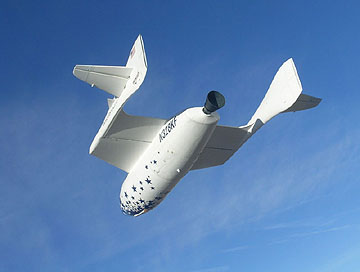
Imagine a spontaneous gathering--unbidden-- of tens of thousands of people in the Mohave Desert. Fierce sand bearing winds howling at one on the morning after driving all afternoon to get there. Everyone there knowing that if anything went wrong before launch the mission would be postponed. Although I did not see him, Burt Rutan made the rounds that early morning amongst his fans in the throng. And as promised, after the sun started to rise the winds vanished and a beautiful crisp day arrived. We ran into several libertarian friends who had traveled to be there to witness history, including one who had flown in from England.
Billionaire Paul Allan had spent $25 million to exclusively fund Rutan's dream of a true reusable civilian sub-orbital spacecraft. SpaceShipOne had already become the first non-governmental funded craft from a privately funded company (that is, not a government funded defense contractor) to break the sound barrier.
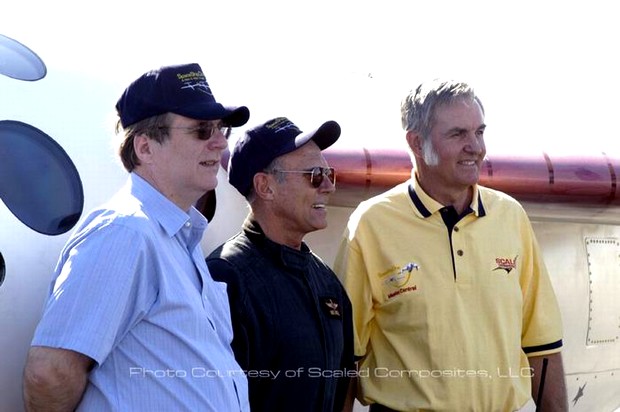
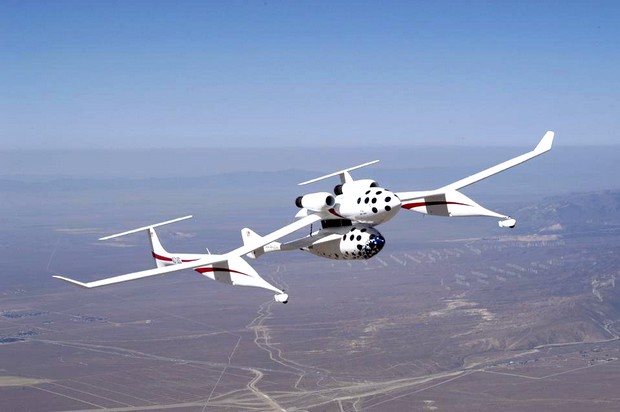
Then came time for the release. The sun was overhead and interfering with the view, but we could hear the countdown and then the confirmed release. Eyes straining to catch a glimpse when all of a sudden SpaceShipOne fires its unique throttlerable solid fuel rocket motor (literally, he burns rubber) and the plume is unmistakable trail flying up and into the sun (or at least it disappears crossing the sun) to reappear many seconds later over the "top" of the sun. Approximate altitude readings are being given as it climbs towards the Internationally recognized (if arbitrary) designation of space: 100,000 kilometers.
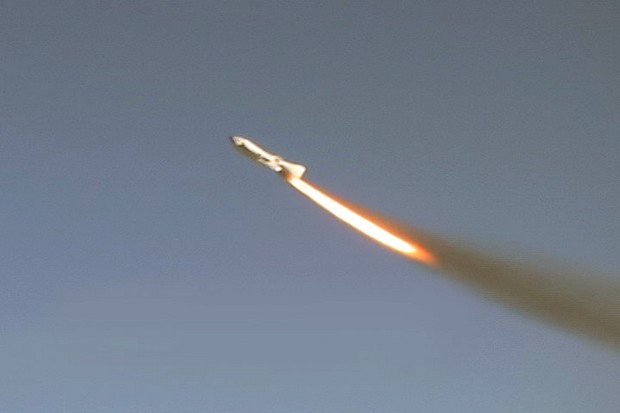
Weightless and completely silent, he gets a view of the curved earth down below. On the ground below we know something has gone wrong because the PA has stopped and those with shortwaves tuned to the cockpit have heard Melville has heard a loud bang (actually turned out not to be a problem, but it understandably concerned him greatly) had a great deal of trouble maintaining control of the ship (including a failing trim control---he thought about switching to backup and aborting the climb).
Up in the spacecraft, Melville has successfully repositioned the rear tail to make the re-entering spacecraft brake like a shuttlecock and begins his drift back down to re-entry.
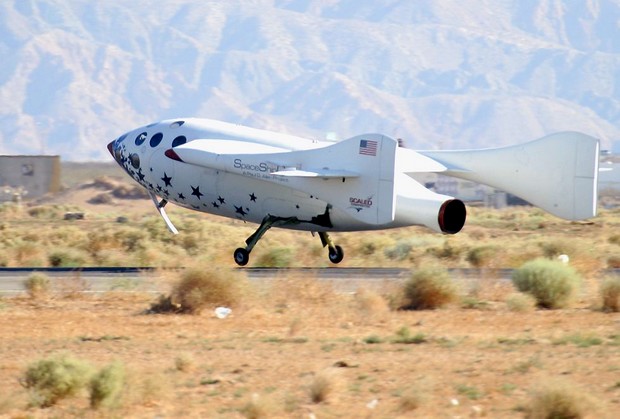
When the crowd was being wowed by a procession of SpaceshipOne being slowing drawn for a victory parade down the tarmac Burt Rutan is seen to sprint over to the crown behind the wire and talk to an individual waiving a sign (can be seen in the Discovery Channel commemorative video). The individual, Ernie Hancock, gives the sign to Rutan who hands it up to Melville standing a top SpaceShipOne. What message does Rutan want to convey?
After lengthy analysis he successfully passed the 100,000 kilometer "space" by a little more than 300 feet.
There would be two more space flights for SpaceShipOne. But not until the flawed tail design was extended so it would stably work with more tail surface in the extremely thin atmosphere as you flew into outer space. Then two more flights were made: One with Melville again on Sept. 29, 2009 in which the electrical systems failed as he neared the apex of his climb and fortunately the backups worked and he could deploy the shuttlecock re-entry design.
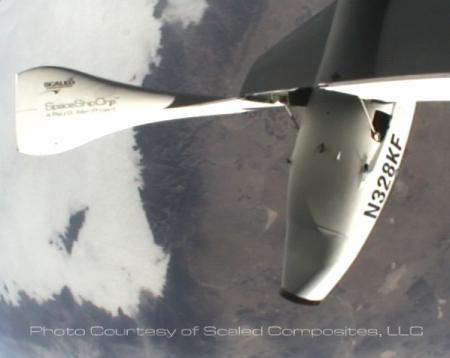
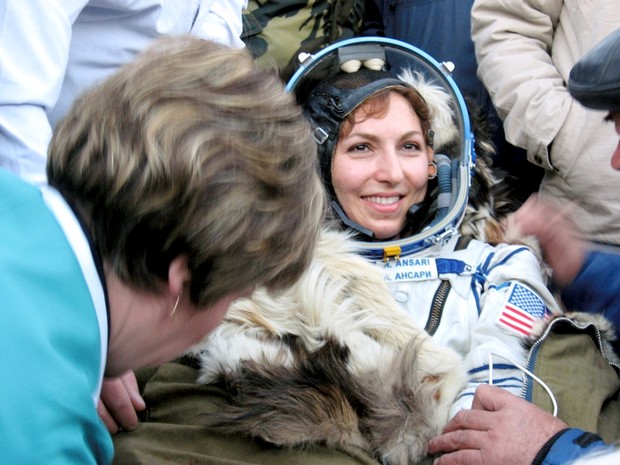
Also watching the launches was another billionaire, Richard Branson, who contracted with Rutan's Scaled Composite to build SpaceShipTwo a larger passenger space liner for a new space tourism company, Virgin Galactic, making Rutan's dream come true. [Branson's Virgin Atlantic had sponsored another Rutan project GlobalFlyer which flew around the world nonstop, un-refueled by solo passenger/pilot Steve Fossett in a record 67 hours.] Flight testing has already begun and the first flights will start in 2012. And yes, it is a toy for millionaires. But it is a beginning and frankly I like the idea of millionaires getting to see how small and fragile the Earth looks below. Obviously over time costs will fall, but being a passenger will probably still remain a wealthy man's purview.
If SpaceShipTwo is commercially successful, an orbital version SpaceShipThree, will be built. This will not be a design without many challenges. Also, Burt Rutan has retired from Scaled Composites on April 1, 2010 and moved back to his home in Idaho where he is "working on one last design."
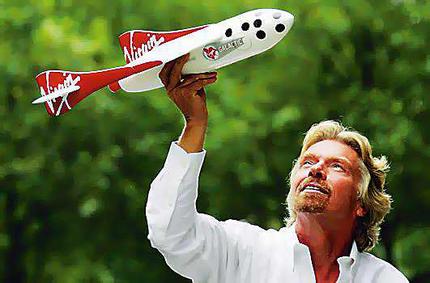
2. The Rocket Racing League
While at Rutan's Scaled Composites hanger in the Mohave desert we became aware of a adjacent hanger a company, XCOR, that was attempting to create a private spacecraft using rockets with a ground takeoff and landing. Ambitious because that takes a lot of fuel.
While they have yet to accomplish that, they evolved into a Rocket Racing League which is an amazing air race idea in which people flying rockets complete a race around a 3D course above the ground for the quickest time. And wow, will rocketships be fast! I am reminded when aircraft first started it wasn't long before the air races began. This will help propel the technology to new skills, efficiencies and performance just as car racing has done.
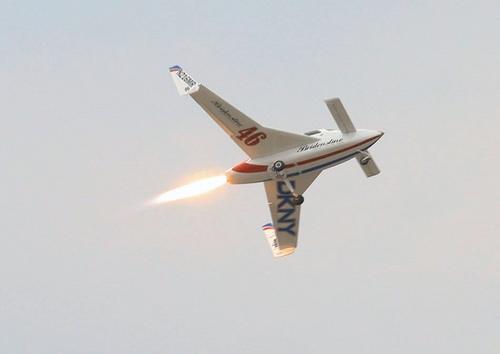
3. Genesis
How many of you have heard of the International Space Station (ISS)? How many of you are aware that two private space stations have been orbiting the Earth over 160 miles higher than the ISS? In fact, the first private space station, Genesis, will be celebrating it's fifth year in orbit July 12th.
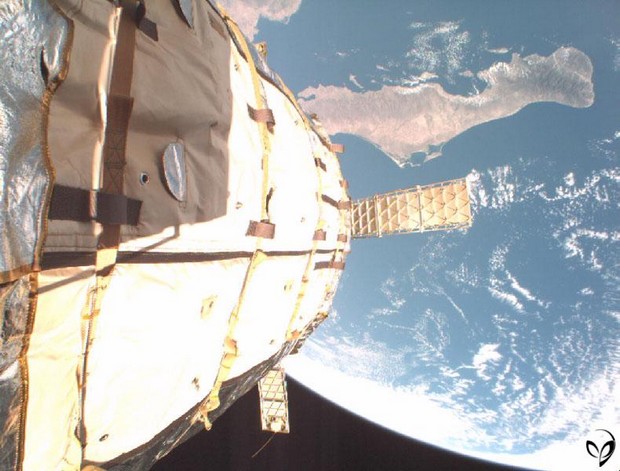
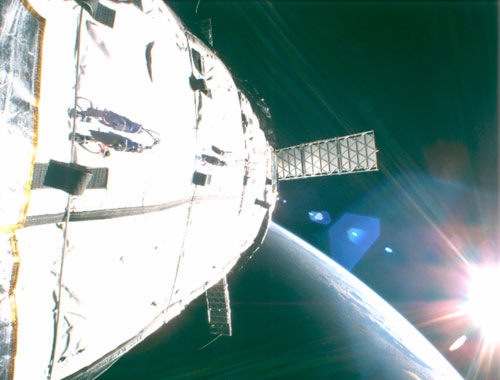
short videos
Genesis Two, launched June 28, 2007 and is the same size as Genesis One. It is inflated to 10.5psi as opposed to Genesis One's 7.5psi. Both vehicles are continuing to perform flawlessly with respect to their atmospheric pressure maintenance and internal temperature regulation. A bevy of improvements to Genesis Two's internal sensors and maintenance equipment as well as adding the ability to control station rotation and angular momentum without expending fuel.
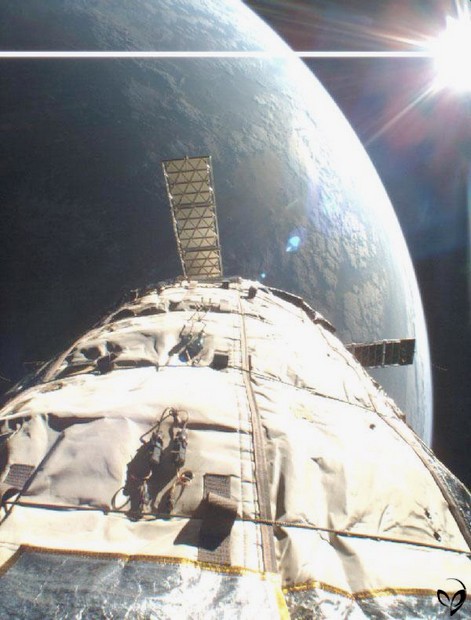
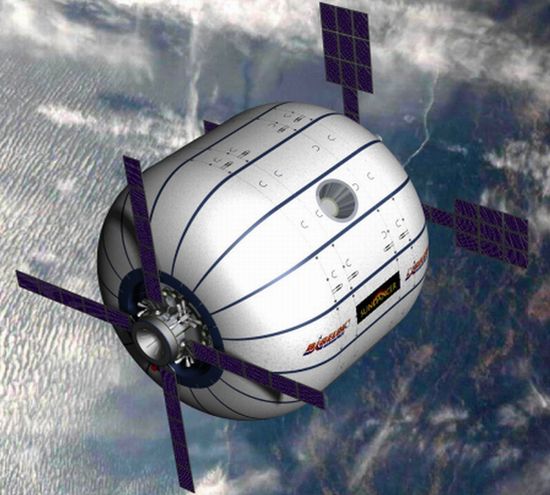
I will say of all of the space craft I am discussing today, THIS is by far the most exciting idea. I can see using these small light wight modules that inflate into big structures in space, as space ship modules attached to a support carrier and as habitats on other worlds. They seem as tough as nails. I am confident Bigelow Aerospace will pull it off.
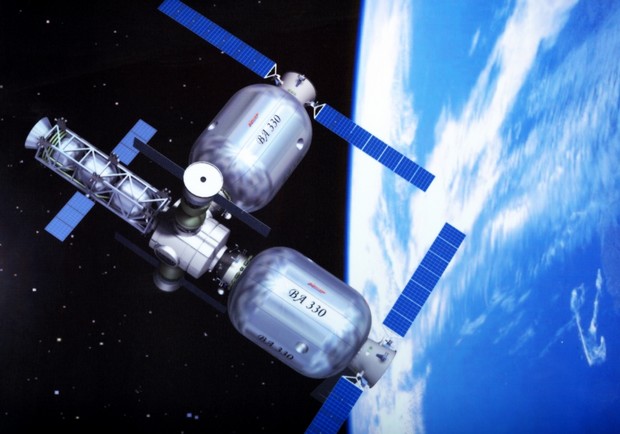
Now besides tourism and exploration we need a genius to figure out a profitable use for outer space and harvesting what is in it. Bigelow has got the working space for you (and indeed envisions leasing space to any nation or company that cannot afford its own complete space program but can afford to lease space on the Bigelow Aerospace orbiting shelter for their own space program and astronauts) and SpaceX (below) has the launch platform to get them there and back.
4. Falcon 1, Falcon 9
Elon Musk made his millions in co-founding PayPal and is the youngest of the above entrepreneurs. Like the others, he has dreamed of working in space. And so he set about to make it happen. He created SpaceX to develop a heavy lift launch vehicle.
Falcon 1
SpaceX started out with a test bed prototype and commercial Falcon 1 rocket. A two stage partially reusable* rocket with a single engine per stage design. All engines have been designed by SpaceX. The first stage uses a Merlin 1C engine that is used on the Falcon 9 and the second stage uses a engine designated the Kestral that is designed to operate in the vacuum of space and be re-ignitable. The newer Falcon 1e (enhanced) is capable of putting over 2,200 pounds in low Earth orbit or 1,000 pounds into sun-synchronous orbit for under $11 million making it the second least expensive payload delivery cost per weight delivery system. The least expensive is the Falcon 9 discussed below coming in at around half the price per kilogram of the Falcon 1!
* = unproven: never been successfully recovered, heat shielding problems still need to be worked out
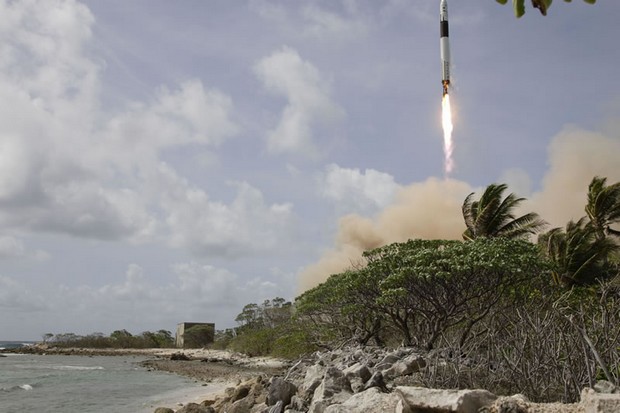
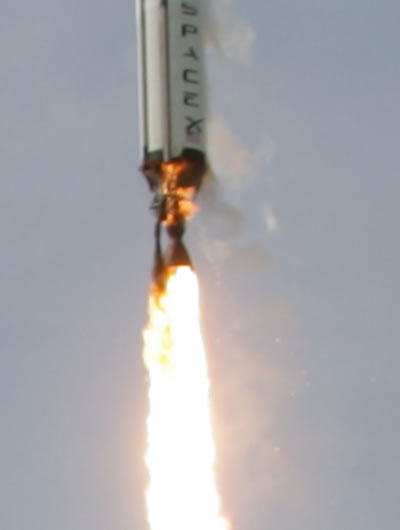
The third launch a year and a half later after a redesigned fairing separation system and interior fuel baffles was another failure as the momentum (from the new Merlin 1C engine increases residual pressures) for the first stage leads it to smack back into the second stage during separation due to a change in thrust delay due to a new modified engine being used.
During each one of these launches there are many successes and they learn and adapt from each mishap.
On September 28, 2008, the fourth launch is the charm, with the second stage shutting down on schedule nine and a half minutes after launch parking the "package" into a 10 year orbit. They also successfully performed an engine relight in orbit to adjust the orbit. This makes the Falcon 1 the first privately developed liquid fuel rocket to orbit the Earth.
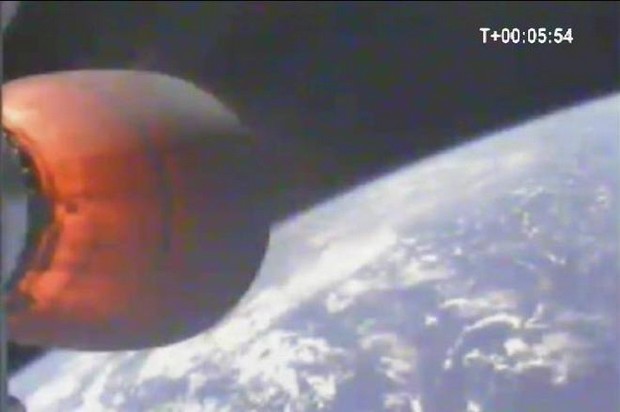
Falcon 9
Elon Musk's dream. A rocket capable of lifting significant payloads in to orbit and leaving orbit. Capable of carrying manned space craft to wherever you want to go. And he is making it happen.
The Falcon 9 is essentially a two stage rocket that uses nine of the same first stage Falcon 1 engines (Merlin 1C) on its first stage. The first stage is also designed to be recovered* and reused. So eventually will be the second stage be reusable*, but that will require a full heat shield (maybe a ballute?) and an attitude control reentry system.
The second stage is simply a shorter version if the first stage with a single Merlin 1C (vacuum variant) engine whihc saves money on tooling. The Falcon 9 is capable of lifting 23,000 pounds into low Earth orbit or 10,000 pounds into geostationary transfer orbit.
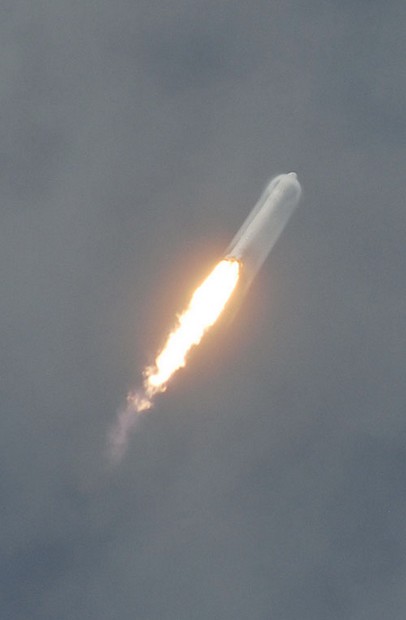
Unlike the Falcon 1 program there have been two Falcon 9 launches and both have been stunningly successful! The first Falcon 9 launch occurred June 4, 2010. The second launch occurred just before Christmas and included the Dragon space capsule which successfully orbited the Earth twice and then re-entered with the capsule splashing down within a mile of its target and being successfully recovered, making SpaceX the first private company to successfully orbit and recover a spacecraft!
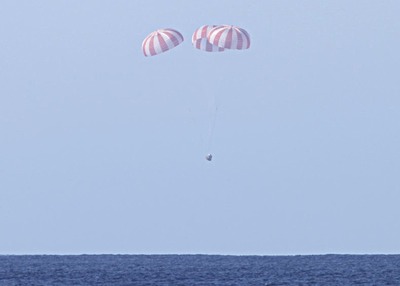
As a result NASA has now contracted with SpaceX to resupply the International Space Station through 2017 using the Dragon unmanned cargo supply ship. Wanna place bets on the manned version delivering astronauts soon too?
Falcon Heavy
A 28 engine 2 stage variant of the Falcon 9 capable of lifting payload to low earth orbit of 117,000 pounds, or 42,000 pounds into geostationary transfer orbit, or 35,000 pounds into trans-lunar trajectory or 30,000 pounds into Mars trajectory. Sniffing the dream yet?
The Falcon Heavy is essentially a Falcon 9 with two more Falcon 9 first stages strapped on. It is scheduled for its first demo flight next year. I see no reason why three, four, five or even six first stages can't be added to a Falcon 9 under this program's modular design and the Falcon 9's first stage circular dimension for ever greater lift capability.
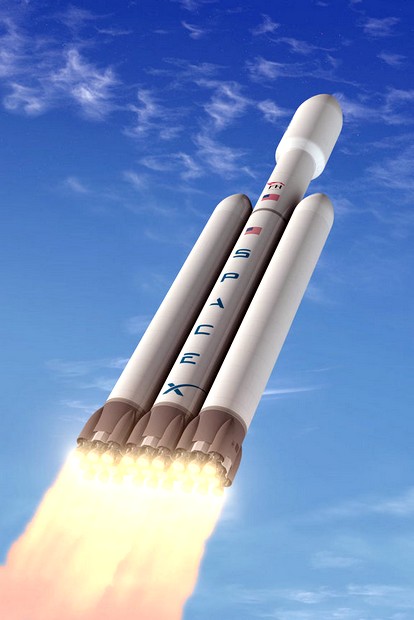
While Virgin Galactic's private SpaceShipTwo will hopefully have a profound inspirational effect on the wealthy and later on as cost's drop 'the well-to-do' that take a trip in it, the SpaceX's Falcon 9 variants combined with Bigelow Aerospace's modular space habitats and extra-planetary shelters IS an extraordinarily rich private space program. Now we need someone to figure out how to make a buck in space (besides Virgin Galactic) which ultimately will be why we NEED to go to space and stay in space. Entrepreneurs? [Robert Bigelow hints at mining the moon for tritium for profit.]
























2 Comments in Response to We're Going to Space and Government is NOT invited! (by Powell Gammill)
"We're going to Space and Government is NOT invited!" Isn't that somewhat like saying, "hey, we're having a Royal Feast, here at Waddesdon Manor (http://en.wikipedia.org/wiki/Waddesdon_Manor), but, hey, we're NOT inviting Tony Blair! No way." How about: "We're going to LIVE OUR LIVES, and Government is NOT invited! Including, the 'elite' Central Bankers, and their Associates - 'Globalists' all. How about THAT?
Naming Names: Your Real Government (When dark deeds unfold, point the finger in this direction).
by Tony Cartalucci
The Real Revolution
http://landdestroyer.blogspot.com/2011/02/real-revolution.html
"Boycott the globalists, cut off their support, undermine
their system, and they lose their ability to commit these atrocities. That will
be a real revolution and it can start today. Not burning cities and masked
rebels waving flags, but communities no longer dependent and fueling a corrupt
system we all know must come to an end. "
A little less than two weeks after I wrote this article I noted a change in Bigelow Aerospace's web site. It looks like the prototype test bed Sundancer has been canceled and they are moving directly on to their full sized commercial offering, the BA330, probably because NASA forced at least a 2 year delay their (eventually manned) Sundancer test launch from its scheduled 2012 liftoff.
http://www.freedomsphoenix.com/Article/093213-2011-07-11-genesis-i-space-station-marks-fifth-anniversary-in-orbit.htm